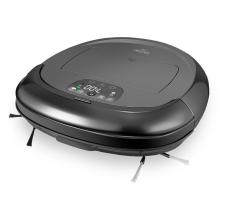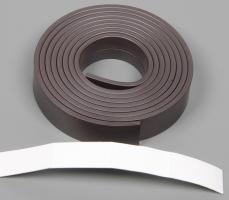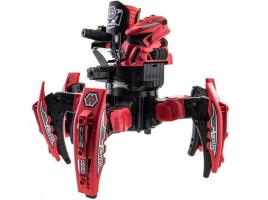Boeing is successfully using robots to paint the 166-foot wings of its 777 wide-body jets.
Human painters would spend 4½ hours to complete the first coat of paint on the wings, according to news reports. But robots can get it done in 24 minutes.
By the middle of the summer all of the wings used for the 777 will be painted by robots. The robots were first used in February for painting, and now they paint about half of the big wings.
Also, by using robots the weight of the paint on one wing has been lowered by an impressive 70 pounds, according to news reports.
In addition, there are now just 15 human painters a shift compared to 30 previously used per shift.
John Tomblin, executive director at the National Institute for Aviation Research at Wichita State University, has explained that robots will paint an aircraft “the same way every time," – which is a great benefit for production, RobotXworld reported last year.
In the case of Boeing’s production line no employees were let go when Boeing decided to use robots for the painting tasks. Half of the workers who were painting wings are now reassigned to other tasks.
Boeing is also using an automated drilling machine in the production process.
The idea for the increased automation in the manufacturing process came after Boeing visited a BMW factory in Munich last year. Many robots were involved in the process in Germany. It was 95 percent automated.
“This is one of the most visible signs of a push by Boeing to increasingly automate the assembly of Boeing’s largest twin-engine jetliner, which is now 90 percent built by hand, said Jason Clark, director of 777 operations,” according to a report from the Puget Sound Business Journal.
It is predicted that the use of the robots will lead to Boeing boosting production, news reports said.
The painting arms were supplied by ABB Group, a Swiss-based automation and robotics company.





